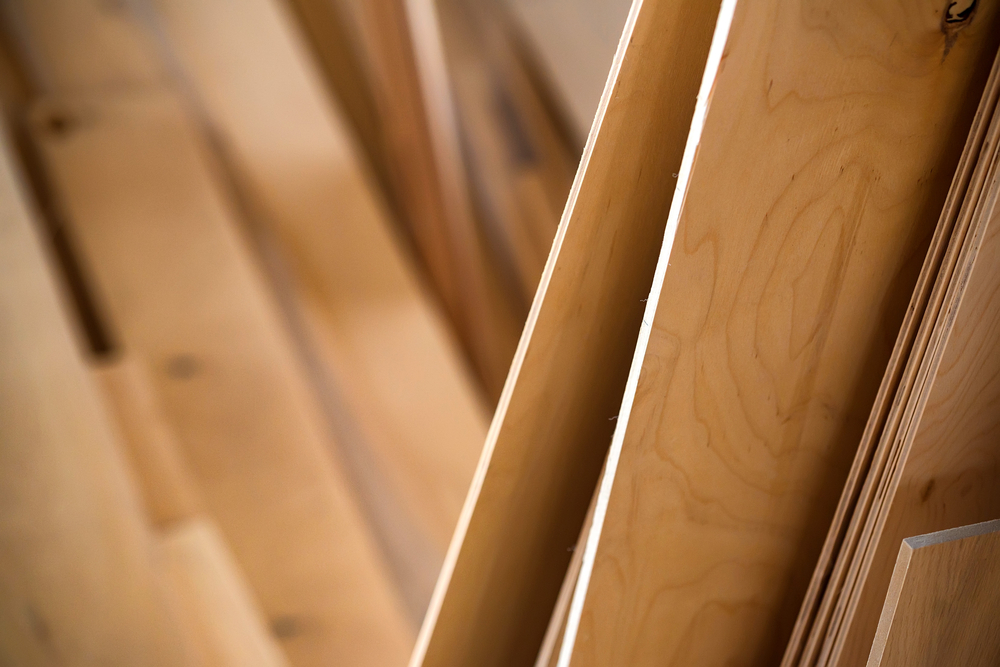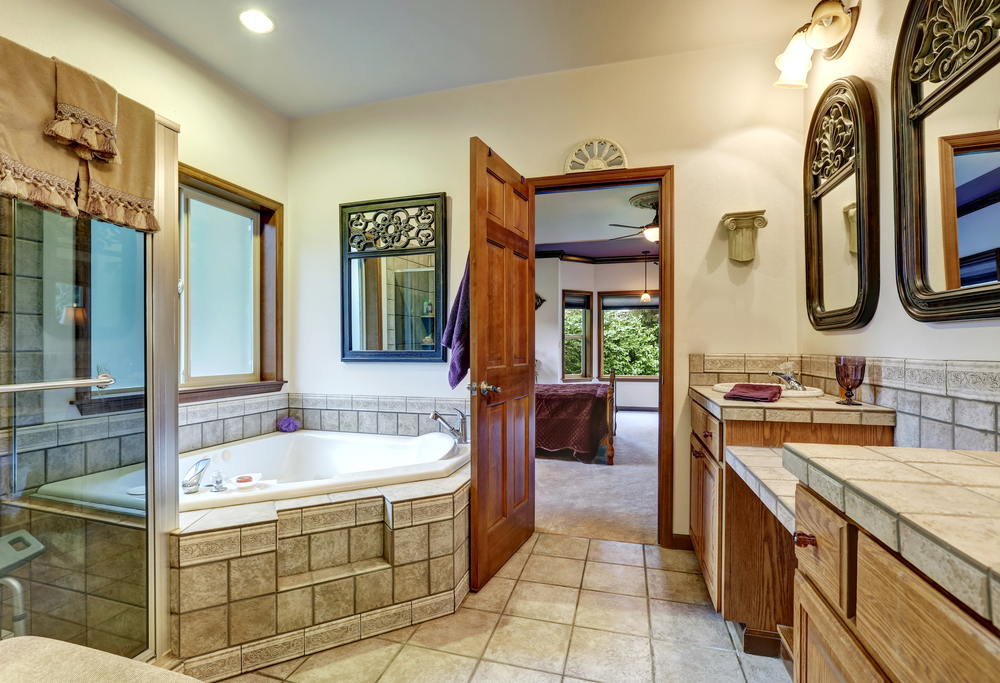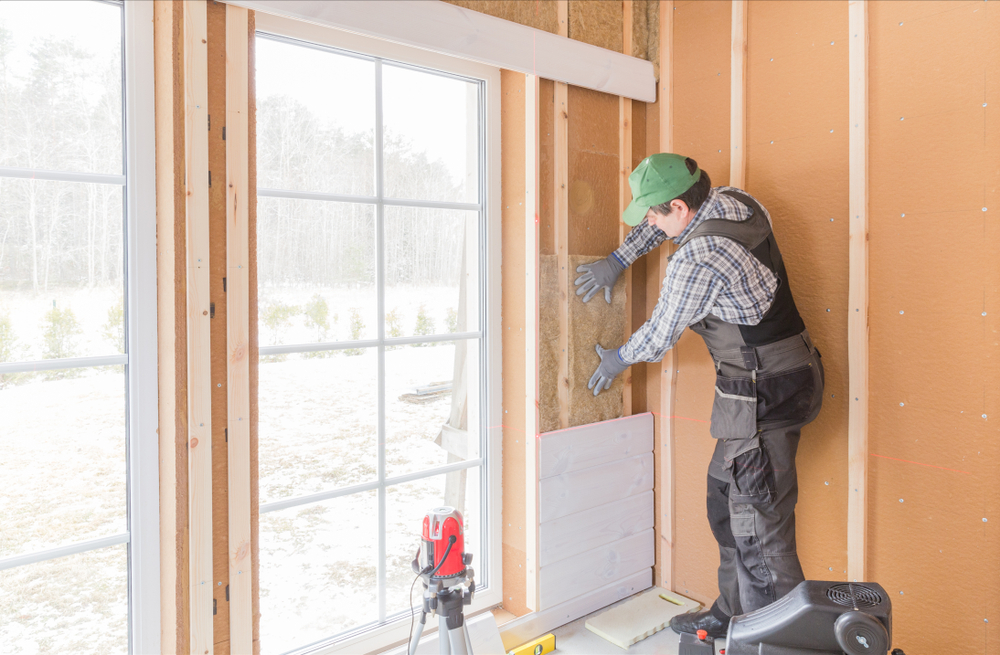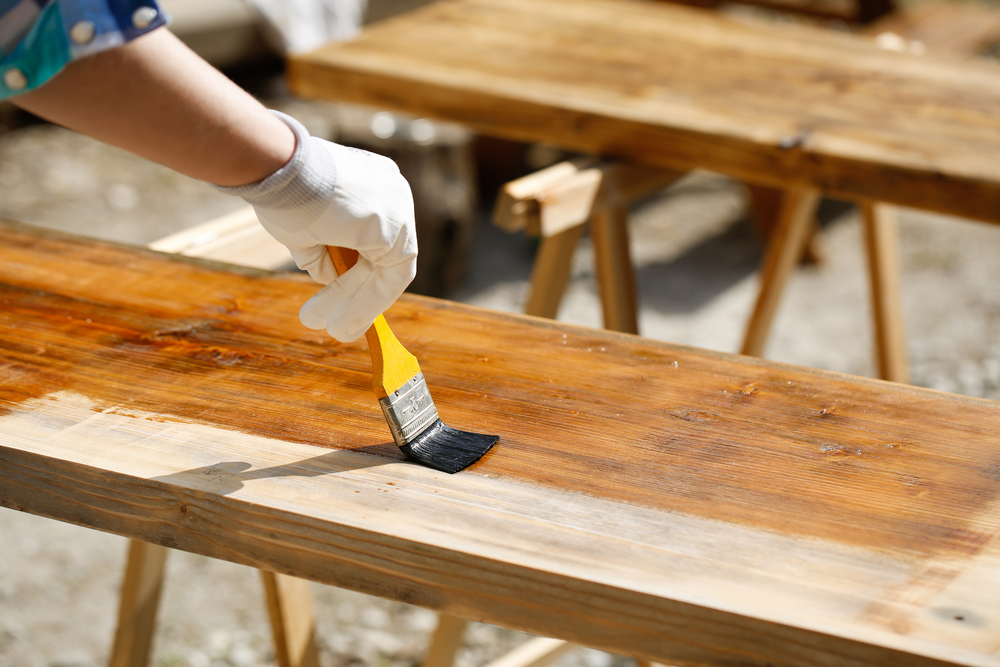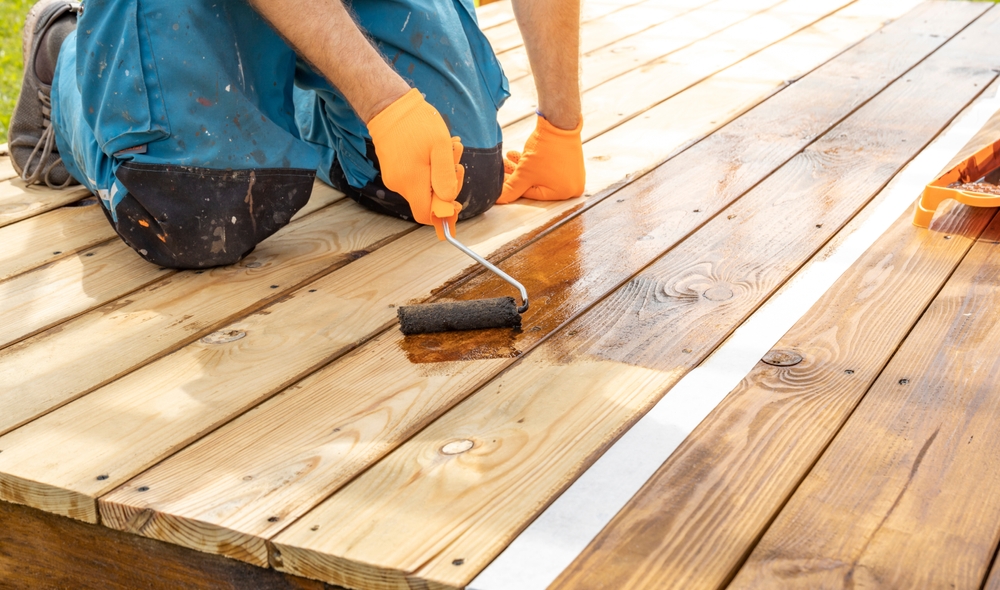Laminated Windows: An Informative Guide
Laminated windows are an integral part of many modern building designs. They’re not merely for aesthetics. Their functionality plays a critical role in safety, energy efficiency, and noise reduction. Understanding their composition and benefits is crucial for anyone considering a home remodel or new building project.
Composition of Laminated Windows
Laminated glass, commonly used in windows, consists of two or more layers of glass. These layers are bonded with an interlayer, usually made of polyvinyl butyral (PVB) or ethylene-vinyl acetate (EVA). This process creates a strong, durable glass. If broken, the interlayer holds the glass shards together, reducing the risk of injury.
The thickness of laminated glass can vary. It typically starts from about 6.38 mm. Thicker options are available for enhanced security or soundproofing purposes. Each layer contributes to the window’s strength and stability. The interlayer is transparent, which does not impede visibility but enhances the glass’s structural integrity.
Benefits of Laminated Windows
Laminated windows provide notable safety benefits. Their design significantly reduces the risk of injury from shattered glass. This makes them ideal for homes in areas prone to hurricanes or high winds. They can withstand high pressure and even attempted break-ins. Many insurance companies offer discounts for homes or vehicles with laminated windows because of these safety features.
The acoustic properties of laminated glass are also a major advantage. Noise pollution is a common issue in urban areas. Laminated windows can significantly reduce outside noise. This is due to their thickness and the sound-damping properties of the interlayers. Homeowners close to busy roads or construction sites often notice a marked difference in noise levels with laminated glass.
Energy Efficiency and UV Protection
Laminated windows offer energy efficiency benefits. The interlayer provides a barrier against solar heat, helping maintain indoor temperatures. This reduces reliance on air conditioning, leading to lower energy bills. Laminated glass also blocks a significant percentage of harmful UV rays. These rays can cause furniture and carpets to fade over time. Homeowners often appreciate the added protection for their interiors.
Applications of Laminated Windows
Laminated windows are versatile. They’re used in various settings beyond residential homes. In commercial buildings, they enhance both safety and aesthetics. Banks and jewelry stores often use laminated glass for added security. The clear but robust barrier makes it difficult for potential intruders to break in quickly.
In automotive engineering, laminated glass is standard for windshields. This offers protection against road debris and accidents. They not only protect drivers and passengers but also enhance the vehicle’s structural integrity. In the case of an accident, the laminated windshield prevents people from being ejected and protects against shards of glass.
Choosing Laminated Windows
When selecting laminated windows, consider several factors. Thickness and type of interlayer are crucial. Thicker windows provide better security and soundproofing. Some interlayers offer additional benefits, such as improved UV protection or colored options for aesthetic purposes.
Cost is also a factor to consider. Laminated glass is generally more expensive than standard glass. However, the long-term benefits can justify the initial investment. Energy savings, increased safety, and noise reduction make them a wise choice for many homeowners.
Installation is another consideration. Professional installation is recommended to ensure maximum performance and safety. Laminated glass can be heavy, and improper installation could compromise its benefits.
Environmental Impact
Manufacturing glass, including laminated types, has an environmental footprint. However, their long-term energy efficiency benefits can offset this. By reducing reliance on heating and cooling systems, laminated windows can lower a home’s carbon footprint. As more attention is given to sustainable building practices, laminated windows continue to be a popular choice.
Common Misconceptions
There’s a misconception that laminated windows affect visibility. This is not the case. The interlayer is clear and does not obstruct the view. Some believe that laminated glass is only for extreme conditions. While they perform exceptionally in high-stress environments, they are beneficial in everyday situations. Their benefits extend beyond safety to comfort and efficiency.
Maintenance and Longevity
Maintenance of laminated windows is straightforward. Regular cleaning with non-abrasive solutions keeps them in good condition. Avoid using harsh chemicals, as they can damage the interlayer. Laminated windows are highly durable. With proper care, they can last many years without a significant decline in performance. This makes them a reliable choice for long-term projects.
The durability of laminated glass reduces the frequency of replacements. This longevity further justifies the initial investment, providing ongoing cost savings. Owners appreciate the peace of mind that comes with knowing their windows are built to last.
Technological Advancements
Recent advancements have made laminated windows more versatile and efficient. New production techniques have reduced costs, making them accessible to a wider audience. Innovations in interlayer technology have enhanced their acoustic and thermal performance. These improvements continue to drive the popularity of laminated windows in both residential and commercial settings.
Smart glass technology is an exciting development in the field. Some laminated windows can now automatically adjust transparency. This offers additional comfort and privacy options. Such advancements make them even more appealing to tech-savvy homeowners and businesses.
Final Thoughts
Laminated windows offer a blend of safety, efficiency, and aesthetic appeal. Their ability to adapt to various environments makes them a practical choice for many. As technology advances, their applications and benefits will likely expand, affirming their position in modern architecture and design.

